’21 Honoree Mary Buchwalder

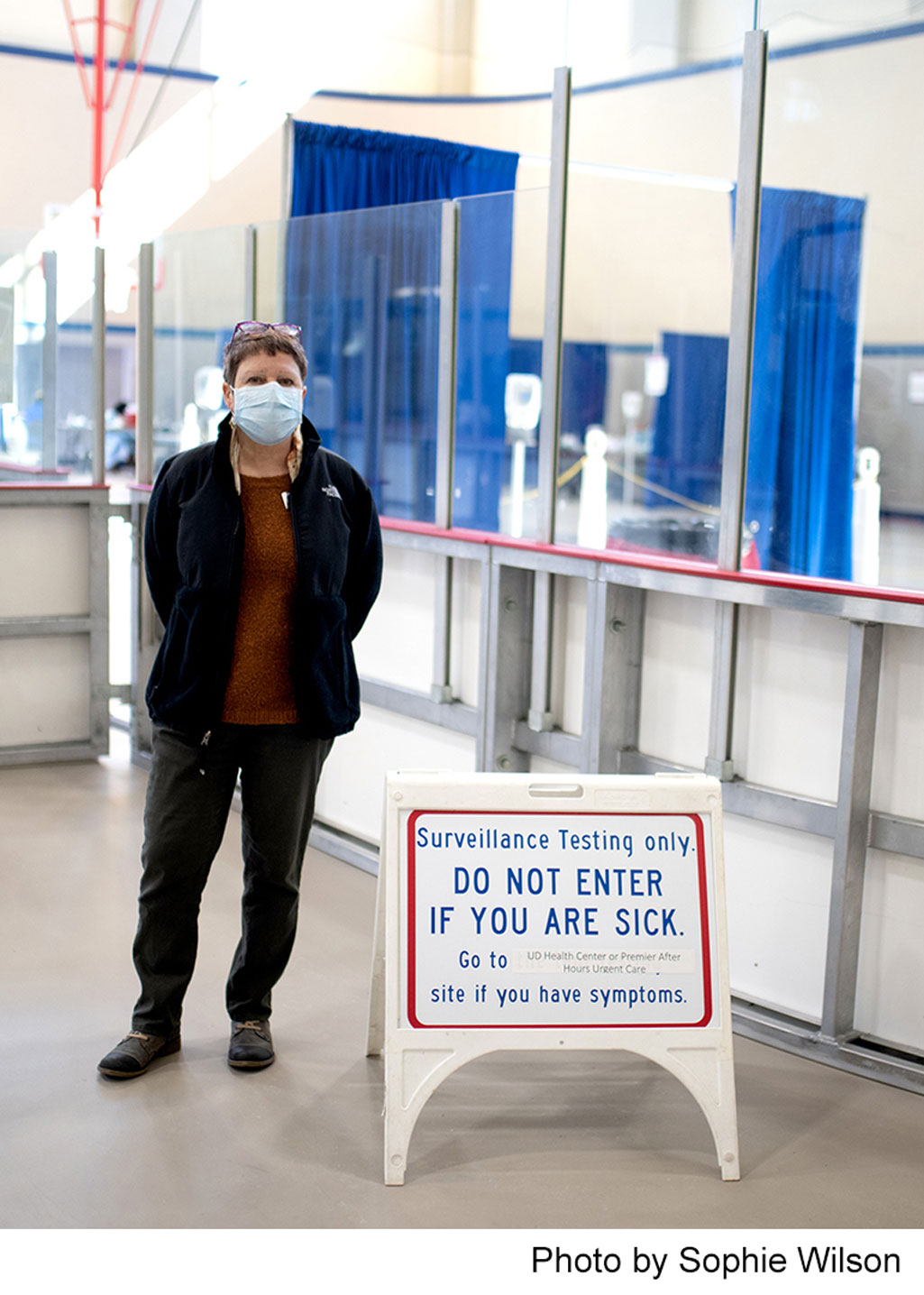
“Last March was scary. I didn’t know what would be happening at the University, I worried about my family, I worried about my employees, I worried about the world, because this new germ was scary.” Over the course of about 24 hours we saw several large universities determine the risk with this virus required them to send their students home. That level of concern meant a new role for me, since I am the medical advisor for the University. Almost immediately, I was called into meetings in the President’s office. Very quickly we realized we would have to pivot. Things happening at the state and national levels really looked foreboding, and we knew we would need to send students home. That moment, the world stopped. Prior to that day, there were announcements in the news about this new virus and some concerns about it, but at that point, it was fairly unknown as to how serious this would be. It was thought to be more of a risk with international travel. Suddenly, though, it became apparent it was a very serious issue that was going to affect people around the world. We knew that in the United States, we would have to make some massive changes to keep people safe, to prevent this from spreading exponentially and killing exponentially. Robin (Oldfield) and I both felt that even though there were very few cases in the state at that time, this was one very serious virus – it wasn’t just a flu.”

“Last March was scary. I didn’t know what would be happening at the University, I worried about my family, I worried about my employees, I worried about the world, because this new germ was scary.” Over the course of about 24 hours we saw several large universities determine the risk with this virus required them to send their students home. That level of concern meant a new role for me, since I am the medical advisor for the University. Almost immediately, I was called into meetings in the President’s office. Very quickly we realized we would have to pivot. Things happening at the state and national levels really looked foreboding, and we knew we would need to send students home. That moment, the world stopped. Prior to that day, there were announcements in the news about this new virus and some concerns about it, but at that point, it was fairly unknown as to how serious this would be. It was thought to be more of a risk with international travel. Suddenly, though, it became apparent it was a very serious issue that was going to affect people around the world. We knew that in the United States, we would have to make some massive changes to keep people safe, to prevent this from spreading exponentially and killing exponentially. Robin (Oldfield) and I both felt that even though there were very few cases in the state at that time, this was one very serious virus – it wasn’t just a flu.”

“This caused long hospitalizations and something called acute respiratory distress syndrome, where people had such serious inflammation in the lungs – not just pneumonia – that they would need to be in an ICU. People had a high risk of dying from this virus, and it was contagious – it could go from three cases to dozens, to hundreds, very, very quickly – with an unknown, but potentially high, death rate. We realized very quickly that, even though we didn’t have the testing capability, it was here, and it was going to change pretty rapidly. Obviously, the decision to send students home to finish the semester was what we had to do at the moment. So now, I had two roles: I had the role university-wide, but I also work in Student Development. As the medical director of the Student Health Center, my staff and my colleagues are here to work directly with students. If we were remote, and with the furloughs in Spring and Summer, I knew that would potentially devastate our division and all the professional staff. But we had to be safe. It was hard to know what was right, and it wasn’t my decision to make.”

“This caused long hospitalizations and something called acute respiratory distress syndrome, where people had such serious inflammation in the lungs – not just pneumonia – that they would need to be in an ICU. People had a high risk of dying from this virus, and it was contagious – it could go from three cases to dozens, to hundreds, very, very quickly – with an unknown, but potentially high, death rate. We realized very quickly that, even though we didn’t have the testing capability, it was here, and it was going to change pretty rapidly. Obviously, the decision to send students home to finish the semester was what we had to do at the moment. So now, I had two roles: I had the role university-wide, but I also work in Student Development. As the medical director of the Student Health Center, my staff and my colleagues are here to work directly with students. If we were remote, and with the furloughs in Spring and Summer, I knew that would potentially devastate our division and all the professional staff. But we had to be safe. It was hard to know what was right, and it wasn’t my decision to make.”
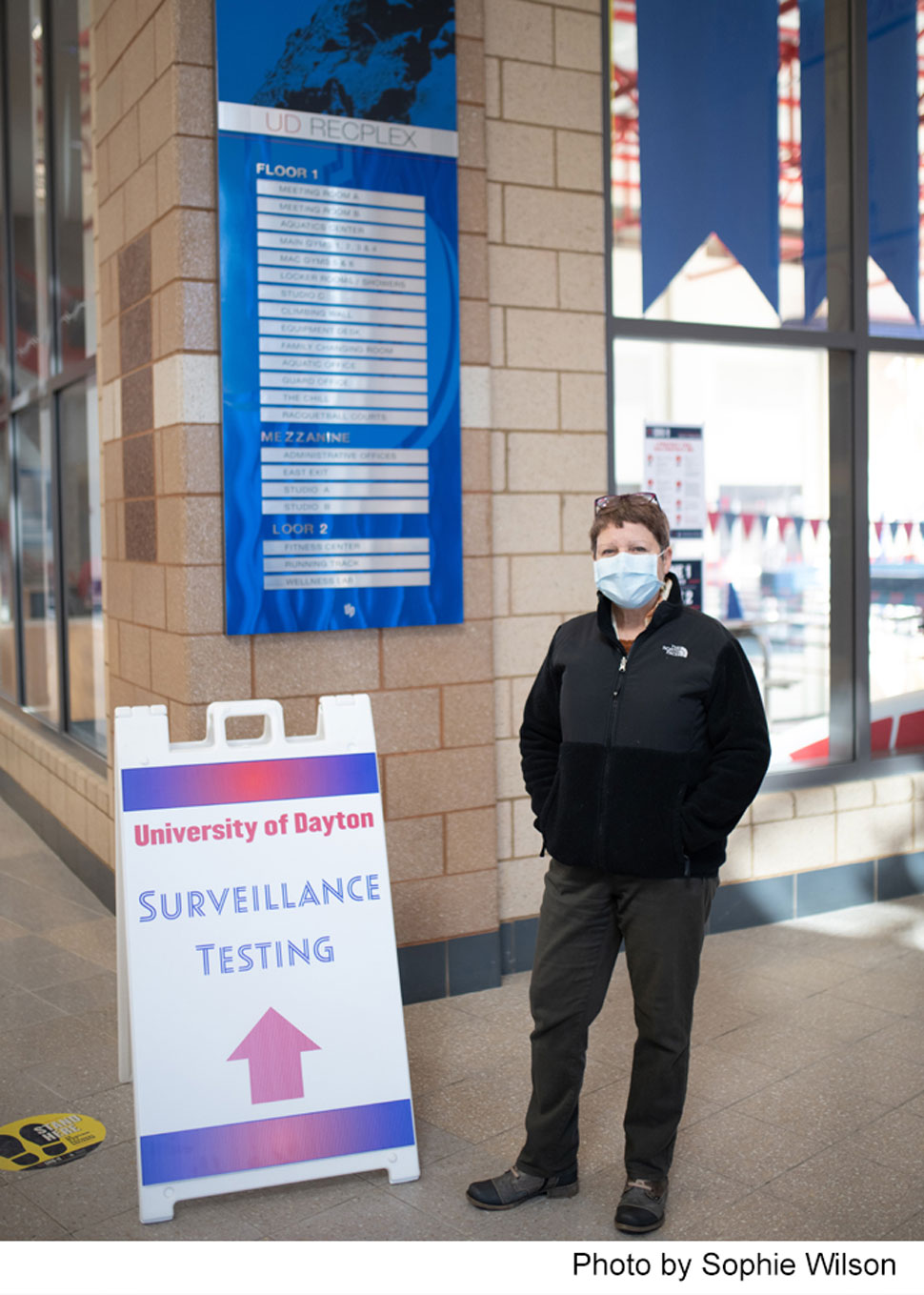
“I was there to give the medical expertise to help executive leadership make those decisions. I asked Dr. Beth Shutte (Student Health Center Staff Physician) for support over the summer. I’m used to taking care of the medical director job myself, but couldn’t do it all. She helped me with working on using documents from the CDC, American College Health Association, American Academy of Family Physicians, and the like, to figure out what kind of changes we needed to make in the face of the pandemic to operate the Health Center as safely as possible. We also looked at all of our processes to keep our staff safe, and to keep our students safe. Beth helped me create the guidance documents that we used, and then adapted for each new semester. We’ve had no cases tied to exposures at the Health Center, so I think we’ve done a good job in planning at that level. Some universities that had their own biosafety labs were talking about creating their own tests because tests were not available in any reasonable way. Really, even as we started Fall semester, it was challenging. We required that students had tests either done at home, or we would test them. We were concerned about testing everyone because: they would have to isolate; it might take a few days to get results back; what if we had a 5% positivity rate? How would we put all those students in isolation and quarantine?”

“I was there to give the medical expertise to help executive leadership make those decisions. I asked Dr. Beth Shutte (Student Health Center Staff Physician) for support over the summer. I’m used to taking care of the medical director job myself, but couldn’t do it all. She helped me with working on using documents from the CDC, American College Health Association, American Academy of Family Physicians, and the like, to figure out what kind of changes we needed to make in the face of the pandemic to operate the Health Center as safely as possible. We also looked at all of our processes to keep our staff safe, and to keep our students safe. Beth helped me create the guidance documents that we used, and then adapted for each new semester. We’ve had no cases tied to exposures at the Health Center, so I think we’ve done a good job in planning at that level. Some universities that had their own biosafety labs were talking about creating their own tests because tests were not available in any reasonable way. Really, even as we started Fall semester, it was challenging. We required that students had tests either done at home, or we would test them. We were concerned about testing everyone because: they would have to isolate; it might take a few days to get results back; what if we had a 5% positivity rate? How would we put all those students in isolation and quarantine?”
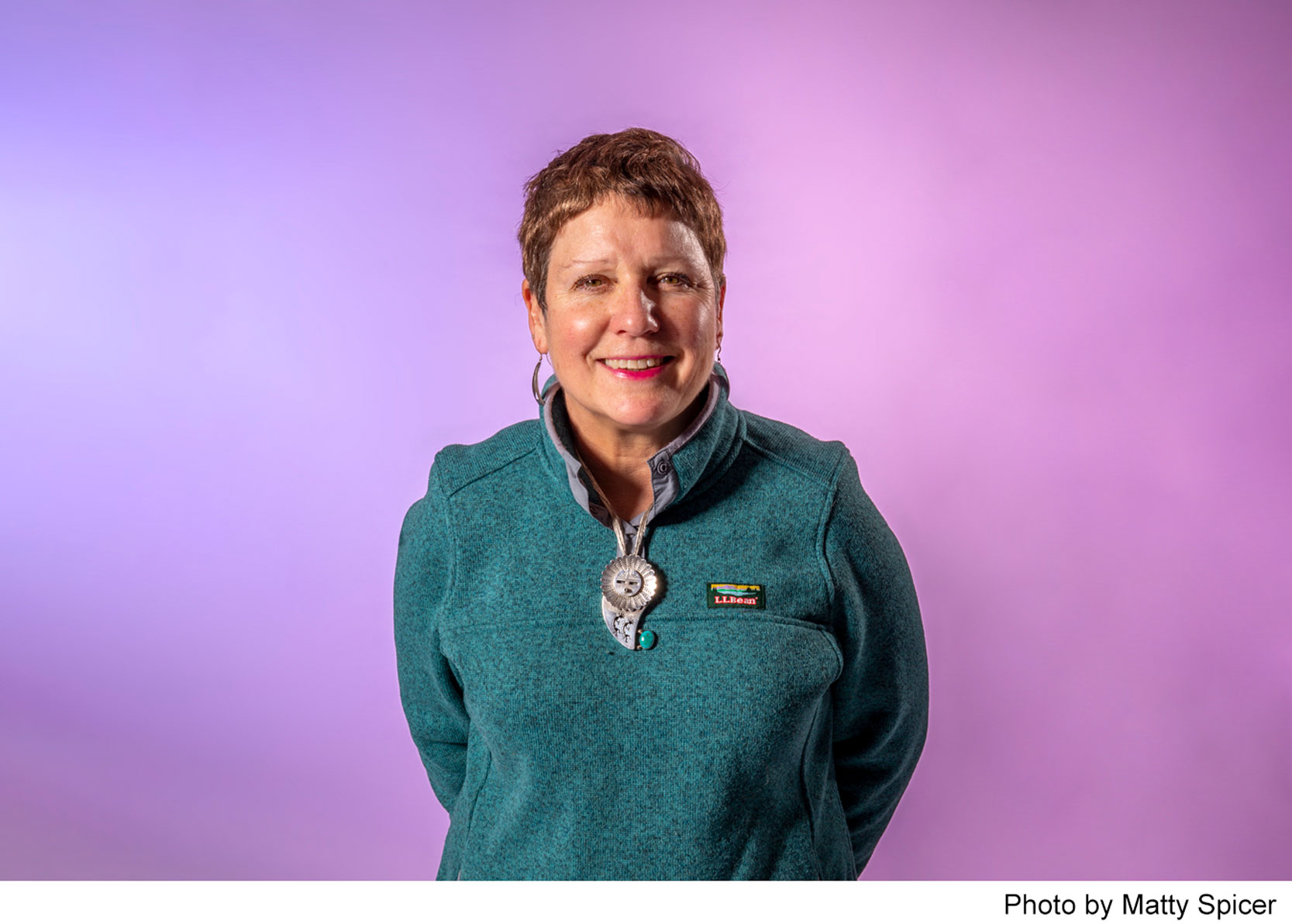
“And so in preparing, we wanted to create a contact tracing team. I asked one of my dear friends, Dr. Mary Lou Zwiesler, if she would be willing to support and coordinate the medical side of the contact tracing. Little did we know what we were getting ourselves into when the University had that spike last Fall. Mary Lou was semi-retired, and helping us part-time, but she has been a godsend through all this, too.”

“And so in preparing, we wanted to create a contact tracing team. I asked one of my dear friends, Dr. Mary Lou Zwiesler, if she would be willing to support and coordinate the medical side of the contact tracing. Little did we know what we were getting ourselves into when the University had that spike last Fall. Mary Lou was semi-retired, and helping us part-time, but she has been a godsend through all this, too.”
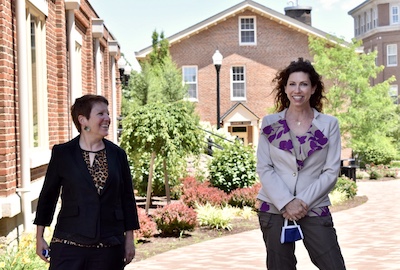
“Robin and I have joked through the last six months or eight months that we will figure out the vaccine before we figure out testing. I feel like there were times particularly last summer into the fall where this really felt overwhelming and I wondered, ‘Can we do this? Can we go on? Can I do this?’ Thankfully, I’ve got a great, supportive family. And Robin and I have been there for each other, to remind each other, ‘You can do this. Breathe.’ There were things that just seemed impossible at the time, but we pushed on. I had some sleepless nights, but had a lot of support – from colleagues on campus, executive leadership, from family, with friends via Zoom and phone calls sometimes – a lot of support.”

“Robin and I have joked through the last six months or eight months that we will figure out the vaccine before we figure out testing. I feel like there were times particularly last summer into the fall where this really felt overwhelming and I wondered, ‘Can we do this? Can we go on? Can I do this?’ Thankfully, I’ve got a great, supportive family. And Robin and I have been there for each other, to remind each other, ‘You can do this. Breathe.’ There were things that just seemed impossible at the time, but we pushed on. I had some sleepless nights, but had a lot of support – from colleagues on campus, executive leadership, from family, with friends via Zoom and phone calls sometimes – a lot of support.”
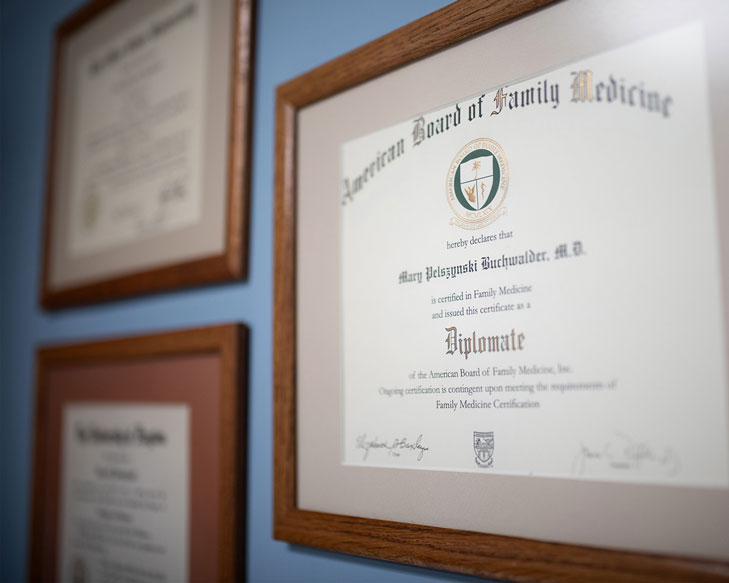
“In the Fall, Robin and I and our executive leadership were able to bring in Premier to help support a lot of the testing initiatives and that was very helpful. It allowed us to focus on ‘what’s the big picture and how do we get through this?’ Oh, it really helped me sleep better, too! It’s been a lot of work, but I have great hope that we’ve got light at the end of the tunnel. We’re really working to get people vaccinated, and as the availability of the vaccines improves, hopefully, we can get back to a sense of reasonable normalcy by Fall, fingers crossed, barring some crazy change.”

“In the Fall, Robin and I and our executive leadership were able to bring in Premier to help support a lot of the testing initiatives and that was very helpful. It allowed us to focus on ‘what’s the big picture and how do we get through this?’ Oh, it really helped me sleep better, too! It’s been a lot of work, but I have great hope that we’ve got light at the end of the tunnel. We’re really working to get people vaccinated, and as the availability of the vaccines improves, hopefully, we can get back to a sense of reasonable normalcy by Fall, fingers crossed, barring some crazy change.”
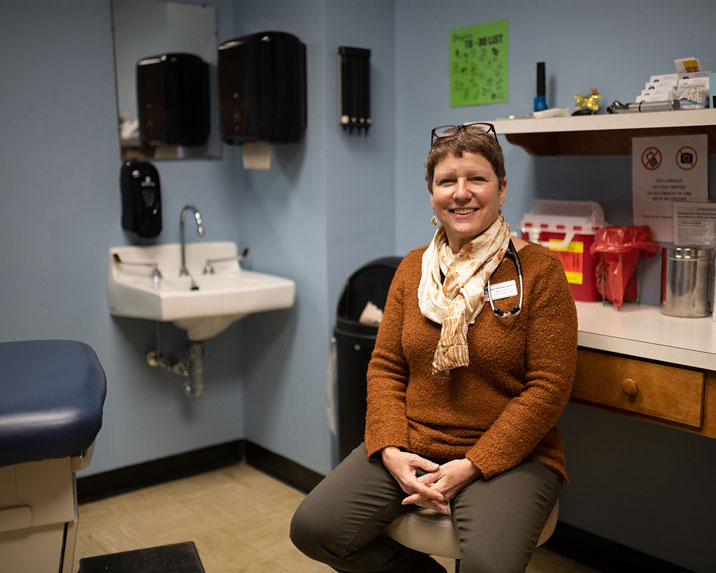
“This virus has thrown curve balls at us multiple times, and we think we’re going one direction, but have to make a big change. I know that’s been frustrating for students, for staff and for faculty. But you have to adapt and that’s been the challenge with this. I think we’ve done a really good job. I’ve certainly been dedicated to UD for a long time. The 30 years feel like a day, but certain days have felt like 30 years. We faced an unbelievable challenge, but we carried on. I couldn’t have done it without Robin and our executive leadership and their decision-making. I'm certainly honored and proud to be part of that team and to be the medical voice leading us from a lot of unknowns a year ago to a place where we had students on campus again last Fall.”

“This virus has thrown curve balls at us multiple times, and we think we’re going one direction, but have to make a big change. I know that’s been frustrating for students, for staff and for faculty. But you have to adapt and that’s been the challenge with this. I think we’ve done a really good job. I’ve certainly been dedicated to UD for a long time. The 30 years feel like a day, but certain days have felt like 30 years. We faced an unbelievable challenge, but we carried on. I couldn’t have done it without Robin and our executive leadership and their decision-making. I'm certainly honored and proud to be part of that team and to be the medical voice leading us from a lot of unknowns a year ago to a place where we had students on campus again last Fall.”
